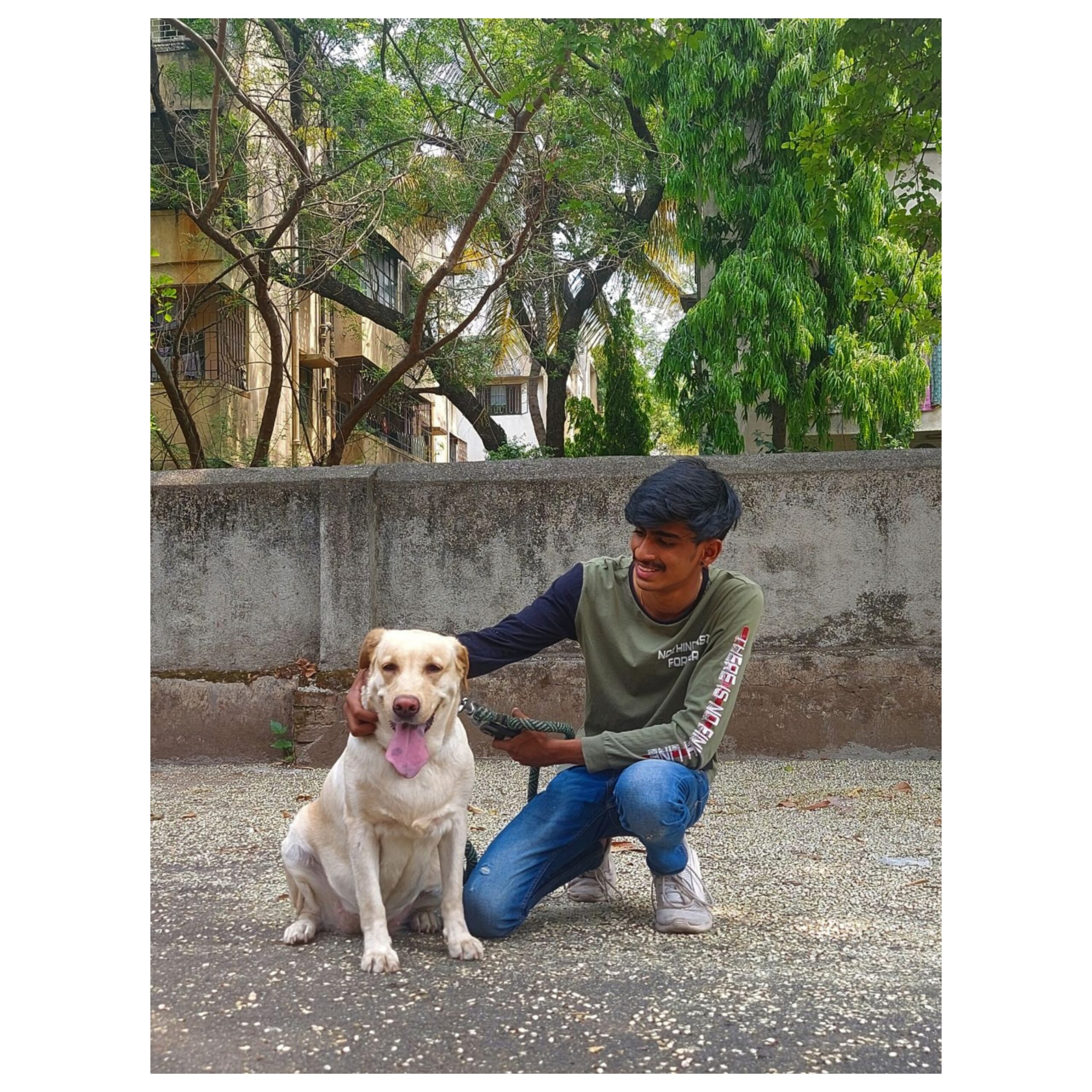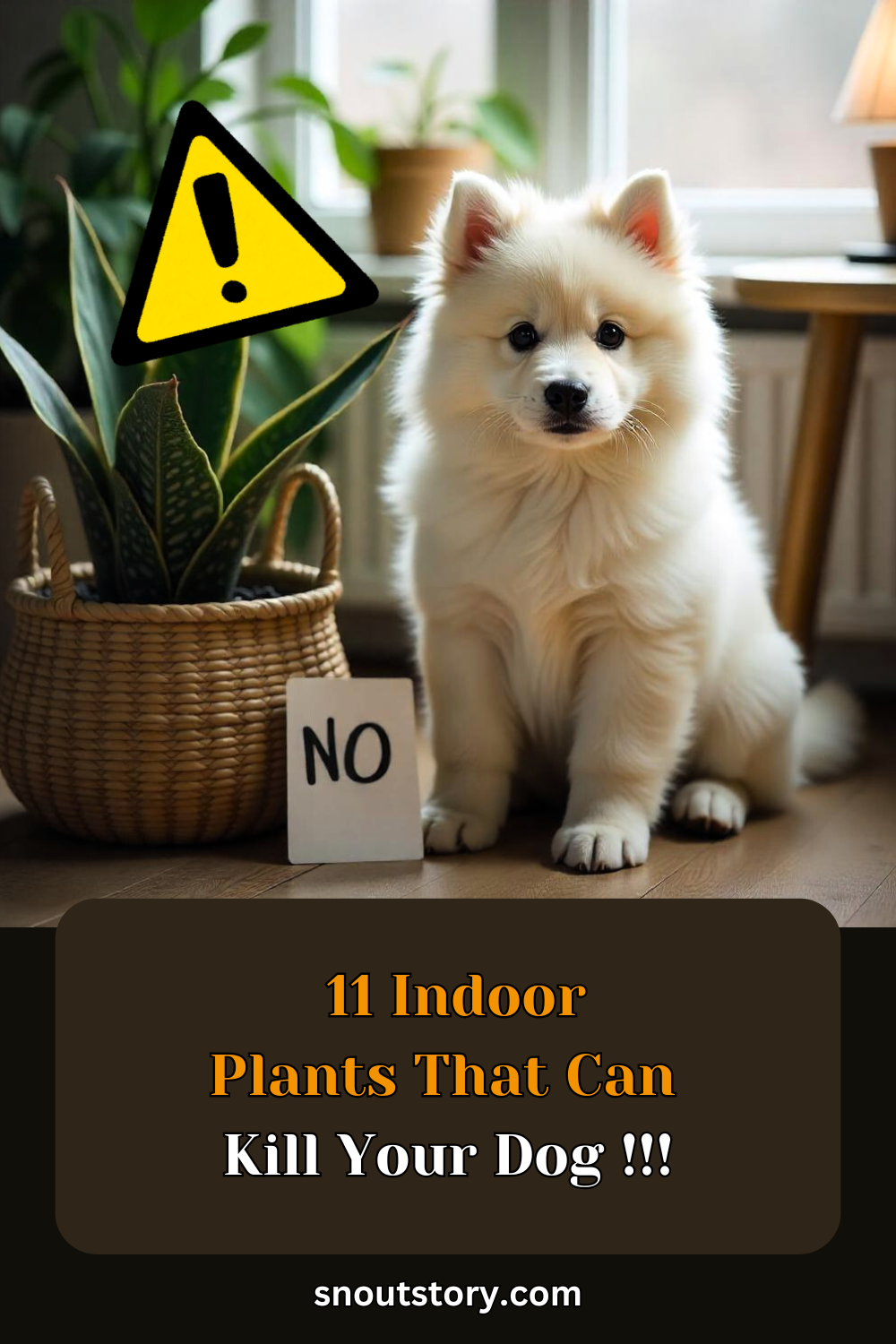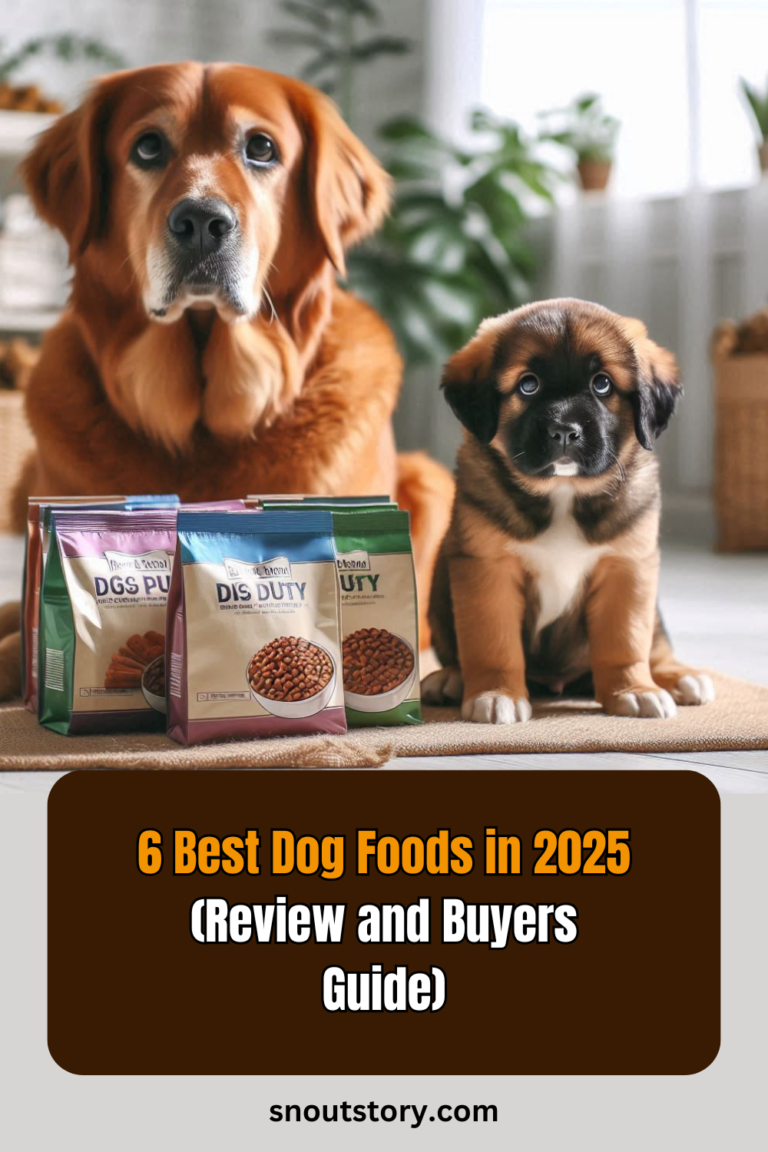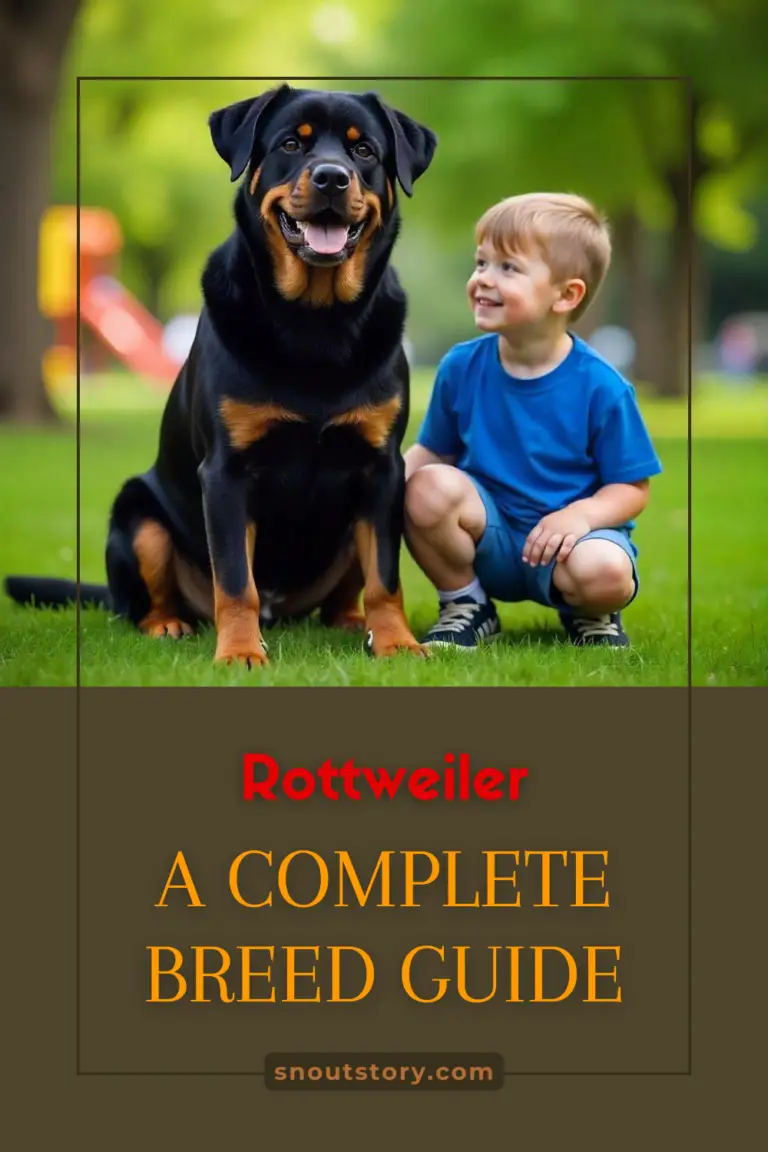Bringing greenery into your home adds beauty and freshness, but some indoor plants can pose a serious risk to your dog’s health. Many popular houseplants contain toxic compounds that, if ingested, can cause anything from mild stomach upset to life-threatening poisoning.
You might not realize that a simple chew on a leaf or root could lead to vomiting, seizures, or even organ failure. Knowing which plants to avoid is crucial for keeping your pet safe. Whether you’re a plant enthusiast or just looking to create a dog-friendly environment, recognizing these hidden dangers can help prevent an emergency vet visit and keep your furry companion out of harm’s way.
I will also provide links to the best alternatives for all harmful plants in the list, so that you don’t have to waste extra time searching for the right options.
Disclaimer
“This Blog is completely reader supported, for any purchase you make from affiliate links on this blog we earn a small commission with no extra cost to you, which I use to feed my cute puppies 🥺”
Here’s a List of 11 Highly Harmful Plants for Your Dog
1. Sago Palm: A Deadly Danger to Dogs
:max_bytes(150000):strip_icc()/grow-sago-palms-1902770-06-b83d3d47262a499c889900a6c83625f7.jpg)
Sago palms might look like a stylish addition to your home, but they’re one of the most toxic plants for dogs. Every part of this plant, from the leaves to the seeds, contains cycasin, a deadly toxin that can cause liver failure even in small amounts.
If your dog chews on or ingests any part of a sago palm, symptoms like vomiting, diarrhea, seizures, and jaundice can develop quickly, sometimes within hours. Immediate veterinary attention is critical because, without treatment, the survival rate is low. The safest option is to remove sago palms from your home and yard entirely.
If you love the tropical aesthetic, opt for pet-safe alternatives like the Areca palm or the Ponytail palm. Always keep emergency vet contact information handy, especially if toxic plants are within reach.
2. Oleander: Highly Toxic with Fatal Consequences

Oleander is one of the most dangerous plants your dog could ever come into contact with. Every part of this flowering shrub, from the petals to the stems, contains potent cardiac glycosides that can cause severe heart irregularities, tremors, and even sudden death.
Even a small nibble can trigger vomiting, drooling, and lethargy, quickly escalating to life-threatening symptoms. If you have oleander growing indoors or in your yard, it’s best to remove it entirely—no amount of training can guarantee your dog won’t be tempted.
If ingestion occurs, seek emergency veterinary care immediately. There’s no safe way to have this plant around pets, so safer alternatives like marigolds or pet-friendly ferns are a much better choice.
3. Dieffenbachia: Causes Severe Oral Irritation

Dieffenbachia, also known as Dumb Cane, is a serious hazard for dogs due to its sharp, needle-like calcium oxalate crystals that cause intense oral pain.
The moment your dog chews on a leaf or stem, these microscopic crystals embed into the mouth and throat tissue, leading to excessive drooling, difficulty swallowing, and swelling severe enough to cause breathing issues. Even a small bite can leave your pet in distress for hours.
If exposure happens, rinse your dog’s mouth with cool water and offer something soothing like yogurt or milk while you contact your vet. The best solution? Keep Dieffenbachia out of your home entirely and opt for safer greenery like spider plants or Boston ferns.
4. Aloe Vera: More Harmful Than You Think

Aloe vera is praised for its skin-healing properties, but for dogs, it’s a different story. The gel inside the leaves is generally safe, but the outer layer and latex contain compounds called saponins and anthraquinones, which can trigger vomiting, diarrhea, and lethargy if ingested.
A curious nibble can quickly turn into gastrointestinal distress, leaving your dog dehydrated and uncomfortable. If you keep aloe vera at home, place it on high shelves or in rooms your pet can’t access.
If your dog does ingest part of the plant, call your vet immediately and monitor for symptoms. To stay on the safe side, consider replacing it with pet-friendly succulents like haworthia or echeveria.
5. Philodendron: A Common Plant with Hidden Risks
:max_bytes(150000):strip_icc():format(webp)/grow-philodendron-houseplants-1902768-04-8bee1496f67e41c392304329eaea505e.jpg)
Philodendrons may be a staple in homes due to their low maintenance, but for dogs, they pose a serious risk. The plant contains insoluble calcium oxalate crystals, which can cause intense mouth irritation, drooling, difficulty swallowing, and even vomiting if chewed. A single bite can leave your dog pawing at their mouth in distress.
If you have a philodendron at home, keep it completely out of reach or consider swapping it for pet-safe alternatives like spider plants or parlor palms. If your dog does ingest it, rinse their mouth with water and contact your vet immediately to prevent further complications.
6. Pothos: A Silent Threat to Canine Health
:max_bytes(150000):strip_icc():format(webp)/pothos-an-easy-to-grow-houseplant-1403154-hero-fbcf9818c6ff4c3b9bf2d3eb4d0bfde0.jpg)
Pothos may look like a harmless decorative vine, but for dogs, it’s a hidden danger that can lead to serious health issues. This plant also contains insoluble calcium oxalates, which can cause severe oral irritation, swelling, and digestive distress if ingested.
Your dog might start drooling excessively, pawing at their mouth, or struggling to swallow. Even a small nibble can result in vomiting and discomfort. If you have pothos at home, keep them completely out of your pet’s reach—placing them on high shelves won’t always be enough since trailing vines can tempt curious pups.
If your dog chews on it, rinse their mouth immediately with water and consult your veterinarian to manage any symptoms before they escalate.
7. Peace Lily: Beautiful but Dangerous for Dogs
:max_bytes(150000):strip_icc():format(webp)/grow-peace-lilies-1902767-hero-01-01-9cd2172cd5ef4d7198351df445b8e851.jpg)
Peace lilies may add elegance to your home, but for dogs, they pose a significant health risk. Again the plant contains insoluble calcium oxalates, which can cause intense irritation in your dog’s mouth, tongue, and throat if chewed.
You might notice excessive drooling, difficulty swallowing, or even vomiting shortly after ingestion. While peace lilies aren’t usually fatal, the discomfort they cause can be severe, making it crucial to keep them out of reach. If you suspect your dog has nibbled on one, rinse their mouth with water and monitor for swelling or breathing difficulties.
Contact your vet immediately for guidance, as severe reactions may require medical intervention. To keep your home both stylish and pet-safe, opt for non-toxic alternatives like areca palms or Boston ferns.
8. ZZ Plant: Toxic Oils That Can Cause Severe Reactions

ZZ plants might be trendy for their low-maintenance appeal, but their toxic oils make them a hidden danger for dogs. Every part of the plant contains calcium oxalate crystals, which can cause intense irritation if your dog chews on the leaves or stems.
Unlike some toxic plants that only cause mild discomfort, ZZ plants can lead to severe burning sensations in the mouth, excessive drooling, and even difficulty swallowing. If the plant’s sap comes into contact with your dog’s skin, it may trigger redness, swelling, or itching.
Given the risks, it’s best to keep ZZ plants completely out of reach or, better yet, opt for a pet-safe alternative like Calathea or Areca Palm. If your dog ingests any part of a ZZ plant, rinse their mouth immediately and contact a vet for further guidance.
9. Snake Plant: Mild to Severe Poisoning in Pets
:max_bytes(150000):strip_icc():format(webp)/snake-plant-care-overview-1902772-04-d3990a1d0e1d4202a824e929abb12fc1-349b52d646f04f31962707a703b94298.jpeg)
Snake plants may be a stylish addition to your home, but they pose a real risk to your dog’s health if ingested. The plant contains saponins, natural chemicals that can cause nausea, vomiting, and diarrhea in pets.
While some dogs may only experience mild discomfort, others can suffer from more severe poisoning, especially if they ingest a large amount. Symptoms like excessive drooling, lethargy, or swelling around the mouth shouldn’t be ignored.
To prevent accidents, place snake plants in an area completely inaccessible to your dog or consider swapping them out for pet-safe alternatives like a Boston fern or spider plant. If your dog chews on a snake plant, rinse their mouth with water and contact your veterinarian for advice on the next steps.
10. Tulips and Daffodils: Bulbs That Can Be Lethal
:max_bytes(150000):strip_icc()/tulip-types-for-spring-garden-1315804-hero-5c10c927e00c459eb24c702be447e50d.jpg)
:max_bytes(150000):strip_icc():format(webp)/planting-and-growing-daffodils-1402136_01-bb8eada2ffb4443dbb20a7b1f0f3dfce.jpg)
Tulips and daffodils may brighten up your home, but their bulbs contain toxic alkaloids that can be lethal to dogs if ingested.
Even a small nibble can trigger drooling, vomiting, and an upset stomach, but larger amounts can lead to serious complications like difficulty breathing, irregular heartbeat, or even organ failure. The highest concentration of toxins is in the bulbs, making these plants especially dangerous for dogs that love to dig.
If you have these flowers indoors, keep them well out of reach, and if you plant them in your garden, consider using barriers or raised planters to prevent access. If you suspect your dog has eaten any part of a tulip or daffodil, contact a veterinarian immediately—early intervention can be lifesaving.
11. Castor Bean Plant: One of the Most Toxic to Dogs

The castor bean plant isn’t just toxic—it’s one of the deadliest plants a dog can encounter. Its seeds contain ricin, a highly potent toxin that can cause severe poisoning even in tiny amounts.
Symptoms like excessive drooling, vomiting, diarrhea, and abdominal pain can escalate to seizures, tremors, and fatal organ failure if not treated quickly. What makes this plant particularly dangerous is that the seeds are often scattered around the base, making them easy for a curious dog to find.
If you have this plant in your garden or as part of your landscaping, consider removing it entirely. If ingestion occurs, seek emergency veterinary care immediately—ricin poisoning progresses rapidly, and early treatment is the best chance at saving your dog’s life.
Conclusion
Keeping your dog safe starts with knowing which indoor plants pose a serious threat. While many houseplants add beauty to your space, some contain toxic compounds that can cause anything from mild irritation to fatal poisoning.
Sago palm, oleander, dieffenbachia, and other common plants can be life-threatening if ingested, making it crucial to choose pet-safe alternatives. If you suspect your dog has chewed or swallowed a toxic plant, immediate veterinary care is essential.
Replacing harmful plants with non-toxic options like spider plants or areca palms can give you peace of mind while keeping your home green and pet-friendly. Stay informed, check plant labels before bringing them inside, and create a safer environment for your furry companion.
If you found our content helpful and valuable, you can support us by making any of your purchases (even products other than those recommended in the blog) from our affiliate links (Ofc with no extra cost to you😉).
Recommended
18 Adorable Halloween Dog Costume Ideas That’ll Steal the Show
7 Must Have Dog Hiking Gear For Outdoor Activities
11 Best Dog-Friendly Hiking Trails in Idaho
9 Best Dog Breeds for Hiking: Top Trail Partners
6 Best Dog Foods in 2025 (Review and Buyers Guide)
Rottweiler: A Complete Breed Guide

Vedant Narvekar is an experienced digital marketing expert with a profound love for nature and animals. With a career rooted in leveraging online platforms to drive engagement and promote meaningful causes, Vedant’s passion for animals inspired him to start Snout Story—a blog dedicated to educating people about pet keeping and sharing proper knowledge about caring for animals. Drawing on his expertise in digital marketing, Vedant utilizes his platform to advocate for responsible pet ownership, providing valuable insights on pet care, training, nutrition, and more. Through Snout Story, Vedant aims to empower pet lovers with the information they need to provide the best possible care for their furry companions, while also fostering a deeper appreciation for the natural world and the creatures that inhabit it.







